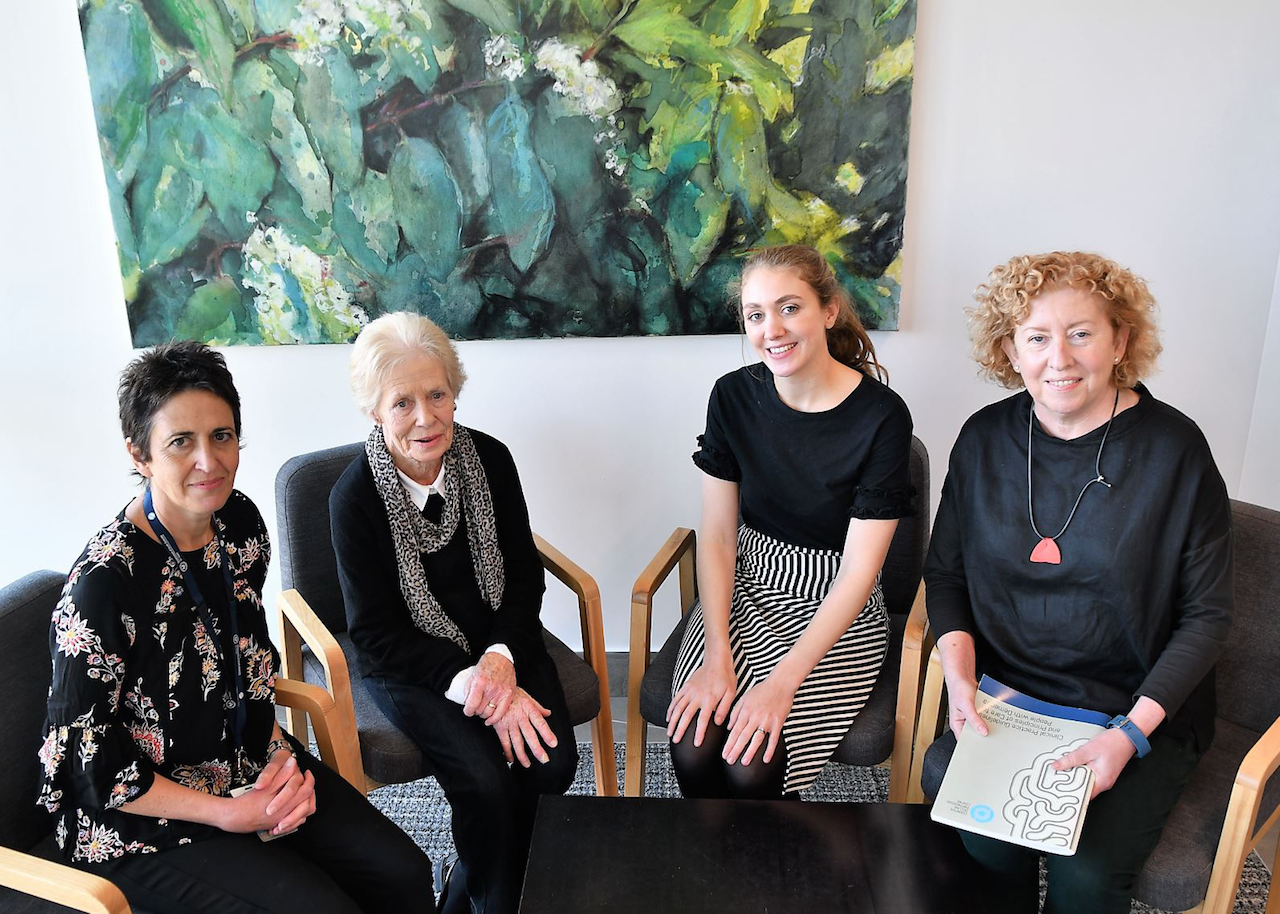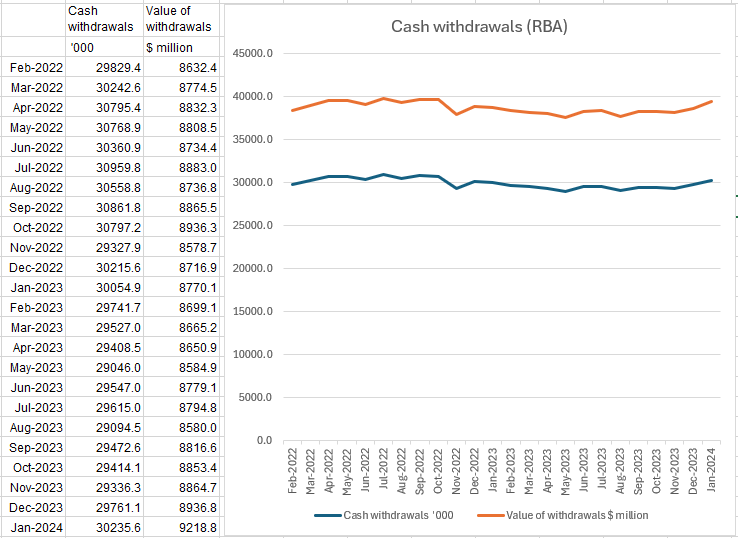
SOMETIMES it takes a research program to prove the obvious. People in residential aged care, especially those living with dementia, are happier when housed in small manageable groups in a home-like environment where they can get to know all their neighbours rather than large impersonal institutional facilities.
What’s more it costs less.
A new study led by Professor Maria Crotty, from Flinders University’s College of Medicine and Public Health found that living within small-scale home-like, clustered residential units leads to better quality of life and fewer hospitalisations and visits to emergency department when compared with standard Australian care models.
More than 180,000 people live in permanent residential aged care in Australia, an increase of more than 10 per cent in the last five years. Their average age 84 with 52 per cent of these living with a diagnosis of dementia.
She said staff and physical environments should support resident choice and flexibility in activities and provide access to the outdoors. Residents should also have more involvement in domestic duties such as meal preparation.
Residents of the home-like units were also 52 per cent less likely to be prescribed a potentially inappropriate medication (such as antipsychotics or benzodiazepines), which are associated with adverse health effects such as falls or strokes in older adults. The model also performs better in quality of care indicators such as re-hospitalisations, catheter use and pressure ulcers.
Chief executive of health and aged care provider, HammondCare, Dr Stephen Judd said: “This research, supports the type of care that we have been delivering for many years – small home like environments, with domestic kitchens and meals being prepared and cooked in the home, where there is easy access to the outdoors.
“It shows that these sort of environments for older people deliver a better quality of life as well as less time spent in hospital – something we all want for our loved ones.
“But it is important to add that this is not just about the physical environment, but the social model of care and approach to staffing as well.”
As well as delivering improved health outcomes for residents, home like models are estimated to save $14,000 per person, a year.
“So not only are home like residences providing better health outcomes, they are also cost effective. It should be a no brainer for governments, philanthropists and other aged care investors to back those models that reflect the evidence, because at the end of the day, that’s what will produce better outcomes for more and more older Australians,” Dr Judd said.
The study was published last month in the Medical Journal of Australia.

































